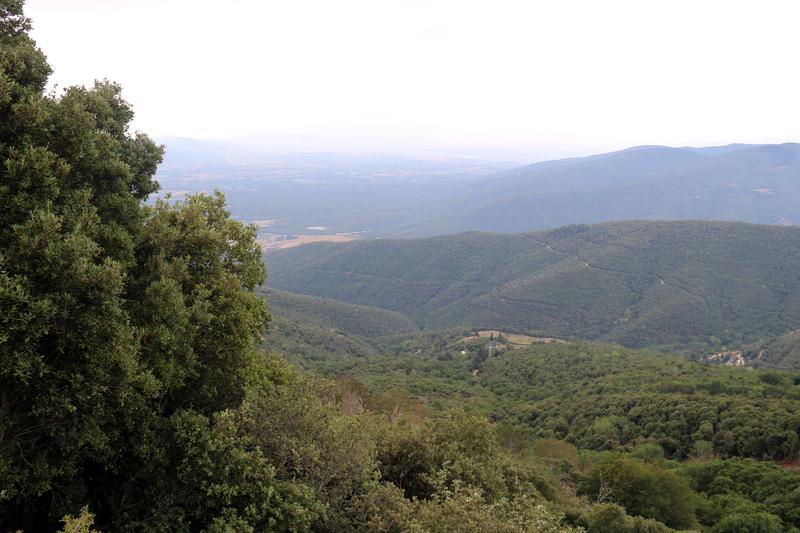Drought-stricken Montseny massif desperate for rain
Streams and springs at 10% capacity as large forest mass "dying"

The Montseny massif, located halfway between Barcelona and Girona, is one of Catalonia's lushest biospheres.
But three years into the ongoing drought, its dry streams and springs are clear signs of how dire the area's struggle for water is.
"Water reserves are at 10%," Alfons Planas, a restaurant owner and the president of the Montseny Farmers Association (ARAM), told the Catalan News Agency in a recent interview.
"We have just enough water for us and our animals to survive and to have very small vegetable gardens," he added.
His restaurant is only able to continue operating thanks to the water tanks he buys. "If this continues like this, we'll have to do the same for our livestock."
"A paradigm shift"
The managers of the nature reserve, which does not include the entire massif, describe the current situation as being "very complicated."
"This summer, a lot of people [who didn't believe there was a problem] are now believers," Daniel Guinart, a Montseny reserve biologist, said.
The lack of water affecting those who live and work in the area, he argues, will lead to a "paradigm shift" forcing people to reach a consensus on how to manage the scarce resource.
Endangered forests
Biologists like Guinart believe the lack of water will gradually alter which plants and animals can survive there.
This is complicated by the fact that many of the exotic pines that were planted in Montseny over the last century need more water than autochthonous species and that 80% of the woodland is in private hands and often poorly managed.
"Slowly but surely Montseny's landscapes will change," he said.